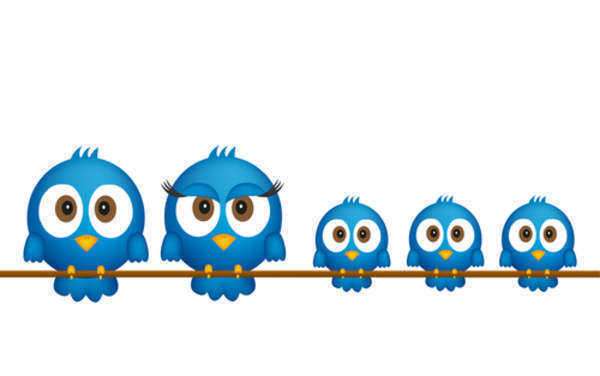
If you're using a lot of reciprocal links, you may need to know whether they'll start having a negative impact on your SERPs. After Google's Penguin and Panda updates, 15 percent of websites were penalized for having excessive optimization—and one of the biggest red flags for over optimization is having too many reciprocal links. In this guide, you'll learn how to avoid these penalties and how to overcome them if you've already been penalized.
What is a Reciprocal Link URL?
Any time you type a web address into your browser bar (like www.google.com), this is called a URL. A reciprocal links URL is a URL that goes to a website that also links back to your own website. Usually, reciprocal links are set up deliberately by people from two different websites in order to help improve visibility, publicity, and search engine rankings.
Sources for Reciprocal Links
In order to get reciprocal links, you don't have to look very far. You probably already know friends, family members, colleagues, and relatives who have websites. You can start getting your first reciprocal links URL by just asking one of them if they would be willing to do an even exchange of links. After you get the reciprocal link URL from them and have verified that the link to your website is up, you can link to their site.
You can also find a reciprocal link URL and code to include on your website using some reciprocal link exchange programs. These reciprocal link URL codes will actually work to automate the process of creating reciprocal links. When someone includes the reciprocal link URL and code on their website and then follows the reciprocal linking instructions, your website will automatically create a reciprocal links URL that directs to their site.
How Google Penguin Checks Your Reciprocal Link URL
Google monitors your website's inbound links constantly to see whether your reciprocal links appear to be too high a percentage of your overall inbound links. There's no exact percentage number (if your PageRank is higher, for instance, you can get away with having more reciprocal links URL content, while lower PageRank sites will get flagged with much less), but you should always keep these penalties in mind when making a new reciprocal links URL.
If you're not already working on building one way links in addition to your reciprocal links, you need to start right away. If your website is already heavily imbalanced in favor of reciprocal links, you should focus on one way link building before including a single additional reciprocal link URL on your website.
Why Your Reciprocal Link URL Anchor Text Matters
In addition to monitoring your reciprocal links URL statistics, Google is also looking at your anchor text. The reason that your reciprocal link URL anchor text matters is that Google wants to be able to identify trends and patterns. If you're using the exact same reciprocal links URL anchor text in every single link that you create on a reciprocal basis, Google will see this as a very solid indicator that your links have been built artificially, possibly with black hat methods.
To keep your reciprocal links generating link juice for your website, you'll need to vary your reciprocal link URL anchor text. By varying the reciprocal links URL anchor text even slightly, you'll show that your links haven't been made using a totally automated system. Try to make the level of variation fairly high: for instance, some of your reciprocal link URL anchor text should be a brand related term like your firm name, while others should be the kinds of exact keyword matches that you might use for search engine optimization.
Checking a Reciprocal Link URL from Your Linking Partners
If you've already worked hard to build a great reciprocal links URL on a website, you don't want to let it just disappear. It's critical to make sure that any reciprocal link URL you've agreed upon still exists as long as you're still running a reciprocal link for that website.
In order to check on your reciprocal links URL and make sure that your partners are doing exactly what they said they'd do, you can run a reciprocal link checker program. This program examines every reciprocal link URL you've set up and verifies that the link to your website still exists on every website you're linking to from your reciprocal links page.
If you find that one of your linking partners is no longer listing your reciprocal links URL where they should be, don't just delete their link right away. Sometimes links can disappear during site redesigns or during problems with a website. Instead, talk to the webmaster about the problem. Many webmasters will be more than willing to re-list your reciprocal link URL as long as they can see that your link is still intact.
What if You Have Too Many Reciprocal Links?
It's every web marketer's worst nightmare in 2012: waking up to a message from Google that says your website has been overoptimized, or has suspicious links. If you have used too many reciprocal links, especially from non-contextual sources or sources that are blacklisted as being potential sources of link buying, you'll face these penalties. When you get an email from Google about your reciprocal links URL content being bad, you'll need to act fast in order to recover the lost search rankings.
First of all, find out which reciprocal link URL they believe to be from a bad source. Then contact the webmaster who is running that website and ask for them to take your reciprocal links URL down. If they do, you can notify Google that the offending link has been removed. If not, you should keep all the documentation relating to your attempt to have it removed. Google will take this documentation into account and may decide to lift the penalty even if the link isn't removed, as long as you made a good faith effort.


























